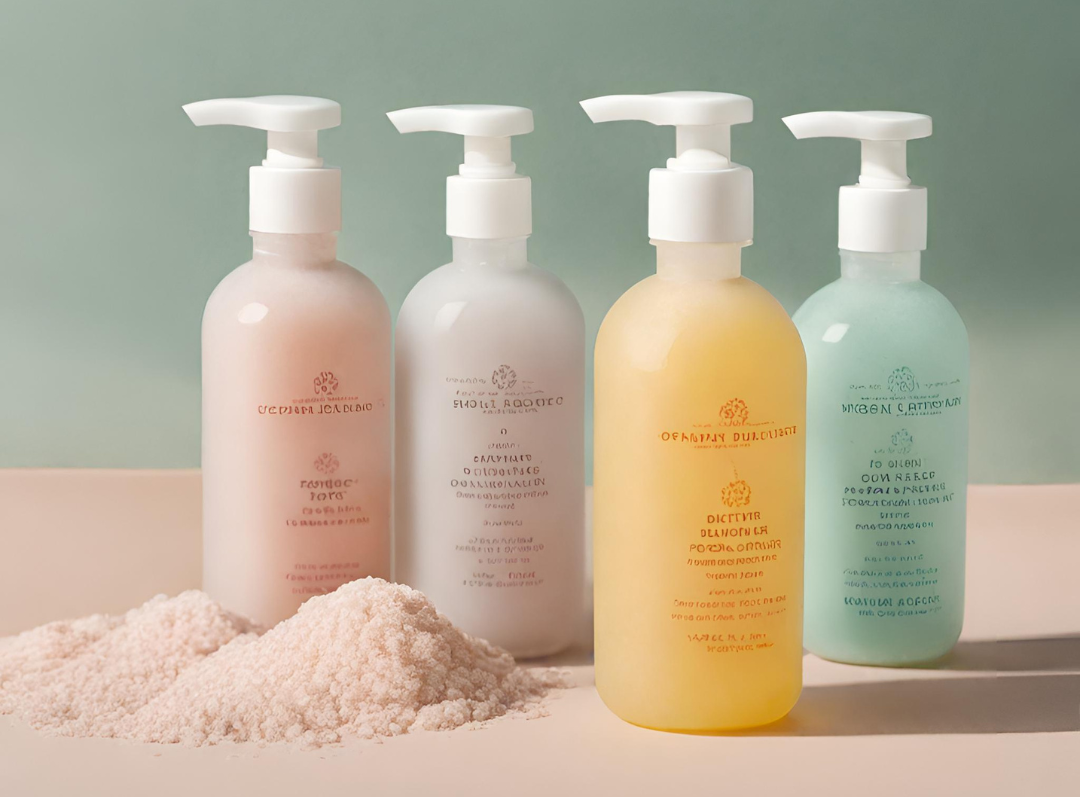Polymeric Beads

Blog vol 4.31. Polymeric Beads
The other day, our current intern from Waterloo University was seeing a patient with an irritated eye. The patient reported a continued sore eye following the removal of an eyelash. After a thorough going-over, the intern found the culprit, a tiny bead embedded under the upper lid.
The intern did not initially recognize the “foreign body”, as we like to call it. It was a polymeric bead that is the base for, in this case, an exfoliate skin cleansing compound, but also shower gels, soaps, and even toothpaste. Actually, microbeads have a wide variety of uses, wow, did not know this. (Read more about it here).
Anyways, the patient… It was not the first time I had seen one of these. The difficulty is that the beads are tiny and very easily end up in the eye without causing immediate pain. A single bead can “scrub” the cornea without being easily visible. It was like a tiny creature with figure skates went back and forth on the usually smooth surface of the eye. The scratches, though many, were just on the surface and should heal quickly with the regular use of a non-preserved lubricated eye drop as recommended by our very astute intern.
In 2014, the Netherlands banned these products from their shelves and other countries have followed suit. In Canada, since 2019, polyethylene beads smaller than 5 mm in size are banned. The trouble is bigger than eye problems; it is environmental, with the beads mistaken for food by smaller fish and animals in our lakes and rivers. The chemical enters the food chain and can be toxic and cancer-inducing as it moves up the food chain.
The cosmetics industry has been resourceful and has produced exfoliates from ground-up almonds, oatmeal, and even coconut husks, which are environmentally safe. We will be very surprised to see coconut husk under a patient’s lids, but in the meantime, we need to watch for these beads, because they are still out there.
So, get rid of your polymeric bead-based skin cleansers and end-up-down-the-drain products. Throw them in the regular garbage AND definitely don’t use any of them near your eyes.
til next week,
The good doctor






